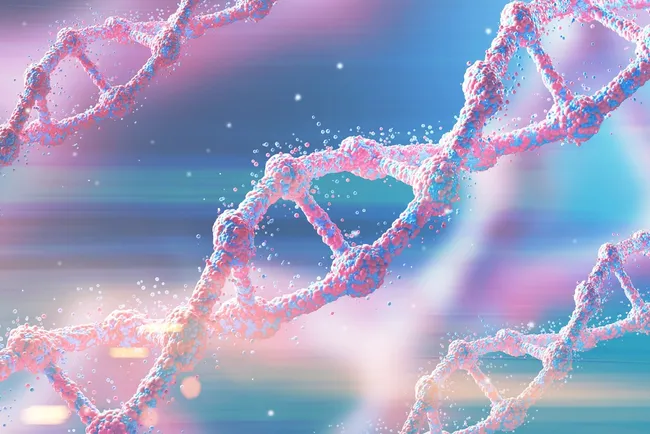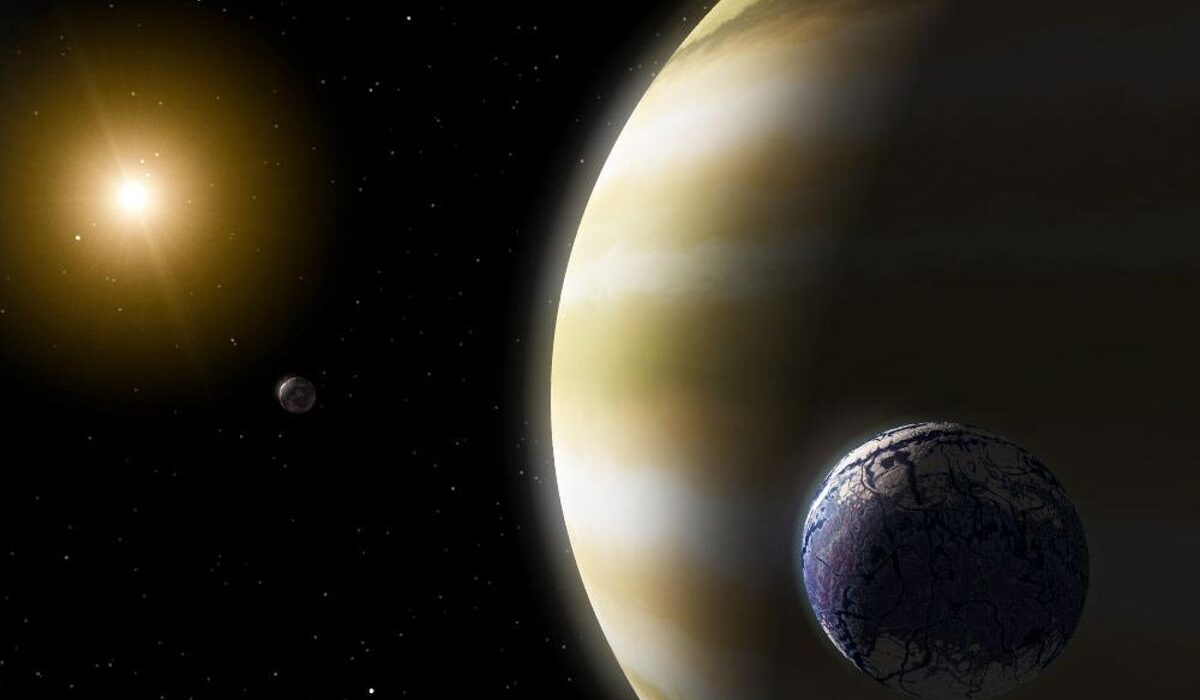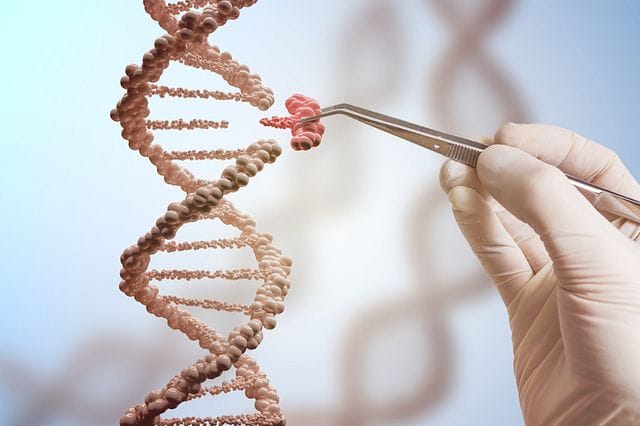From the sweeping branches of redwood trees to the smallest hummingbird and the complexity of the human brain, every living organism shares a common molecular thread: DNA. Deoxyribonucleic acid, or DNA, is more than just a molecule—it’s a living archive, a self-copying code, a biochemical instruction manual billions of years in the making. It’s the software of life, and the story of how it works is one of the greatest scientific discoveries in human history.
But how does this elegant double helix store information? How does a simple string of four letters—A, T, C, and G—create the vast diversity of life on Earth? How does it replicate itself, and how do cells know what parts of the code to read and when?
In this article, we embark on a journey deep into the nucleus of the cell to explore the astonishing mechanics of DNA. From its structure and function to replication, transcription, translation, and regulation, we will decode the language of life and uncover how the double helix gives rise to the living world.
The Discovery of DNA: Unraveling the Thread
Although DNA was first identified in the 1860s by Swiss chemist Friedrich Miescher, it took nearly a century for scientists to understand its true significance. In the early 20th century, many believed that proteins—not DNA—were the molecules responsible for heredity. Proteins were diverse and complex; DNA seemed too simple to carry the blueprint of life.
That perception began to change with experiments like those by Oswald Avery, who showed that DNA could transfer genetic traits between bacteria. The true breakthrough came in 1953, when James Watson and Francis Crick, building on the work of Rosalind Franklin and Maurice Wilkins, published a paper in Nature describing the double helix structure of DNA. This elegant model—a twisted ladder of nucleotides—instantly suggested a mechanism for both the storage and replication of genetic information.
The implications were profound. If DNA was the carrier of genetic information, then understanding how it worked meant unlocking the machinery of life itself.
The Structure of DNA: A Twisted Ladder of Code
DNA is a long, thread-like polymer composed of smaller units called nucleotides. Each nucleotide is made up of three components: a phosphate group, a five-carbon sugar (deoxyribose), and a nitrogen-containing base. There are four different bases in DNA: adenine (A), thymine (T), cytosine (C), and guanine (G).
These bases pair up in a specific way: adenine always pairs with thymine, and cytosine always pairs with guanine. This complementary base pairing is held together by hydrogen bonds—two between A and T, and three between C and G. The result is a double-stranded molecule shaped like a spiral staircase or twisted ladder, where the sugar and phosphate form the “backbone” and the base pairs form the “rungs.”
One of the most fascinating features of DNA’s structure is its antiparallel orientation. One strand runs in the 5’ to 3’ direction, and the other in the 3’ to 5’. This orientation is critical for DNA replication and for the enzymes that interact with the DNA molecule.
The entire human genome—over 3 billion base pairs—is packed into the nucleus of each of your cells. Stretched out, the DNA from a single cell would be nearly two meters long, yet it’s compacted into a space less than one-tenth the width of a human hair. This is achieved through winding and supercoiling around proteins called histones, forming a structure known as chromatin.
Genes and Genomes: The Language Within the Code
A gene is a segment of DNA that contains the instructions for making a specific protein or functional RNA. But genes make up only a fraction of the genome. In humans, only about 1.5% of the DNA actually codes for proteins. The rest—once dismissed as “junk DNA”—includes regulatory elements, non-coding RNAs, and repetitive sequences whose functions we are still learning about.
The genome is like a vast library of information. Each gene is a chapter, and within those chapters, the sequence of bases forms the words and sentences. The order of the nucleotides—A, T, C, G—determines the sequence of amino acids in a protein, which in turn determines the protein’s structure and function.
Some genes are active only in specific tissues or at specific times. For example, the gene for insulin is switched on in pancreatic beta cells but inactive in most other cells. Gene expression—the process by which information from a gene is used to synthesize a product—is tightly controlled and finely tuned, allowing a single genome to produce hundreds of different cell types.
DNA Replication: Copying the Code
For life to continue, cells must divide, and before they divide, they must copy their DNA. DNA replication is the process by which a cell makes an exact copy of its genetic material. This process occurs during the S phase of the cell cycle and is a marvel of molecular precision.
Replication begins at specific sites on the DNA called origins of replication. Enzymes called helicases unwind the double helix, creating a replication fork. Single-strand binding proteins stabilize the unwound strands, and the enzyme primase lays down a short RNA primer to provide a starting point for DNA polymerase—the enzyme that builds the new strand.
Because DNA polymerase can only add nucleotides in the 5’ to 3’ direction, replication is continuous on one strand (the leading strand) and discontinuous on the other (the lagging strand), which is synthesized in short segments called Okazaki fragments. These fragments are later joined together by DNA ligase.
The process is remarkably accurate, with proofreading mechanisms that catch and correct most errors. Still, mistakes do happen—about one in every 10 million bases. While most are corrected, those that persist can lead to mutations, which may be harmless, harmful, or occasionally beneficial.
Transcription: From DNA to RNA
Once DNA has been copied, the next step in gene expression is transcription—the process of making RNA from a DNA template. This is the first step in decoding the genetic instructions and sending them to the cell’s protein-making machinery.
In transcription, an enzyme called RNA polymerase binds to a specific region on the DNA called the promoter. It then unwinds the DNA and begins assembling a strand of RNA by matching RNA nucleotides (A, U, C, G) with their complementary DNA bases (T, A, G, C). Note that RNA uses uracil (U) instead of thymine.
The RNA strand elongates until the polymerase reaches a termination signal, at which point the RNA is released. This initial RNA transcript, called pre-mRNA in eukaryotes, undergoes several modifications: a 5’ cap is added, a poly-A tail is attached to the 3’ end, and non-coding sequences (introns) are spliced out, leaving only the coding sequences (exons).
The final product is a mature messenger RNA (mRNA) molecule, which exits the nucleus and travels to the ribosome, where the instructions will be translated into a protein.
Translation: Building Proteins from the Code
Translation is the process by which the sequence of an mRNA molecule is used to build a chain of amino acids—a protein. This occurs at the ribosome, a complex molecular machine made of ribosomal RNA and proteins.
The ribosome reads the mRNA sequence in groups of three nucleotides, called codons. Each codon specifies a particular amino acid or a stop signal. There are 64 possible codons and 20 standard amino acids, so the genetic code is redundant—multiple codons can code for the same amino acid.
Transfer RNA (tRNA) molecules bring the appropriate amino acids to the ribosome. Each tRNA has an anticodon that pairs with the mRNA codon and an attached amino acid. As the ribosome moves along the mRNA, amino acids are joined together by peptide bonds, forming a growing polypeptide chain.
When the ribosome reaches a stop codon, translation ends, and the newly synthesized protein is released. This protein may undergo further folding and modifications before becoming functional.
Gene Regulation: Turning the Code On and Off
Not every gene is needed all the time. Cells must be able to turn genes on or off in response to environmental signals, developmental stages, and cellular needs. This regulation occurs at multiple levels—transcriptional, post-transcriptional, translational, and post-translational.
Transcription factors are proteins that bind to DNA near gene promoters and enhance or repress transcription. Enhancers and silencers are DNA elements that can increase or decrease transcription from a distance. Epigenetic modifications, such as DNA methylation and histone acetylation, can alter chromatin structure and accessibility of genes.
In multicellular organisms, precise gene regulation is essential for development. The same genome gives rise to neurons, muscle cells, skin cells, and more—each with a unique expression profile. Disruptions in gene regulation can lead to diseases, including cancer, where genes that promote cell division are turned on inappropriately or tumor suppressor genes are silenced.
Mutations and Evolution: Tinkering with the Code
Mutations are changes in the DNA sequence. They can occur spontaneously during replication or be induced by external factors like radiation or chemicals. Some mutations are harmless or even beneficial, providing raw material for evolution. Others can disrupt gene function, leading to genetic disorders.
Point mutations affect a single base pair, while insertions and deletions can shift the reading frame, drastically altering the protein product. Larger mutations may involve duplications, inversions, or translocations of entire chromosome segments.
Natural selection acts on the variation generated by mutations. Beneficial mutations are preserved and propagated, while harmful ones are weeded out. Over generations, this process shapes the genomes of populations, leading to the evolution of new species and adaptations.
DNA Technology and the Future: Editing the Blueprint
In recent decades, our understanding of DNA has given rise to powerful technologies. Recombinant DNA, genetic engineering, and gene therapy have transformed medicine, agriculture, and industry. The Human Genome Project, completed in 2003, mapped the entire sequence of human DNA and opened the door to personalized medicine.
CRISPR-Cas9, a revolutionary gene-editing tool, allows scientists to cut and modify DNA with unprecedented precision. It holds promise for curing genetic diseases, engineering crops, and perhaps even enhancing human traits—though it raises profound ethical questions about how far we should go in rewriting the code of life.
Synthetic biology aims to build new biological systems from scratch, using DNA as a programming language. This could lead to engineered organisms that produce biofuels, clean pollutants, or serve as living sensors.
As we continue to decode the secrets of DNA, we are not just reading the book of life—we are beginning to write new chapters.
Conclusion: The Poetry in the Code
DNA is more than a molecule—it is the essence of biological identity, a bridge across generations, and the script that orchestrates the symphony of life. In its elegant simplicity lies staggering complexity. With just four chemical letters, DNA writes the language of cells, tissues, organisms, and species.
To understand DNA is to understand life itself. It is a story written in atoms and passed down for billions of years, a story that we are only beginning to comprehend—and one that we are now learning to shape.
In the double helix, we find not just the mechanism of inheritance but the poetry of existence—a silent, spiraling whisper that says: you are made of code, and yet you are more than code.






